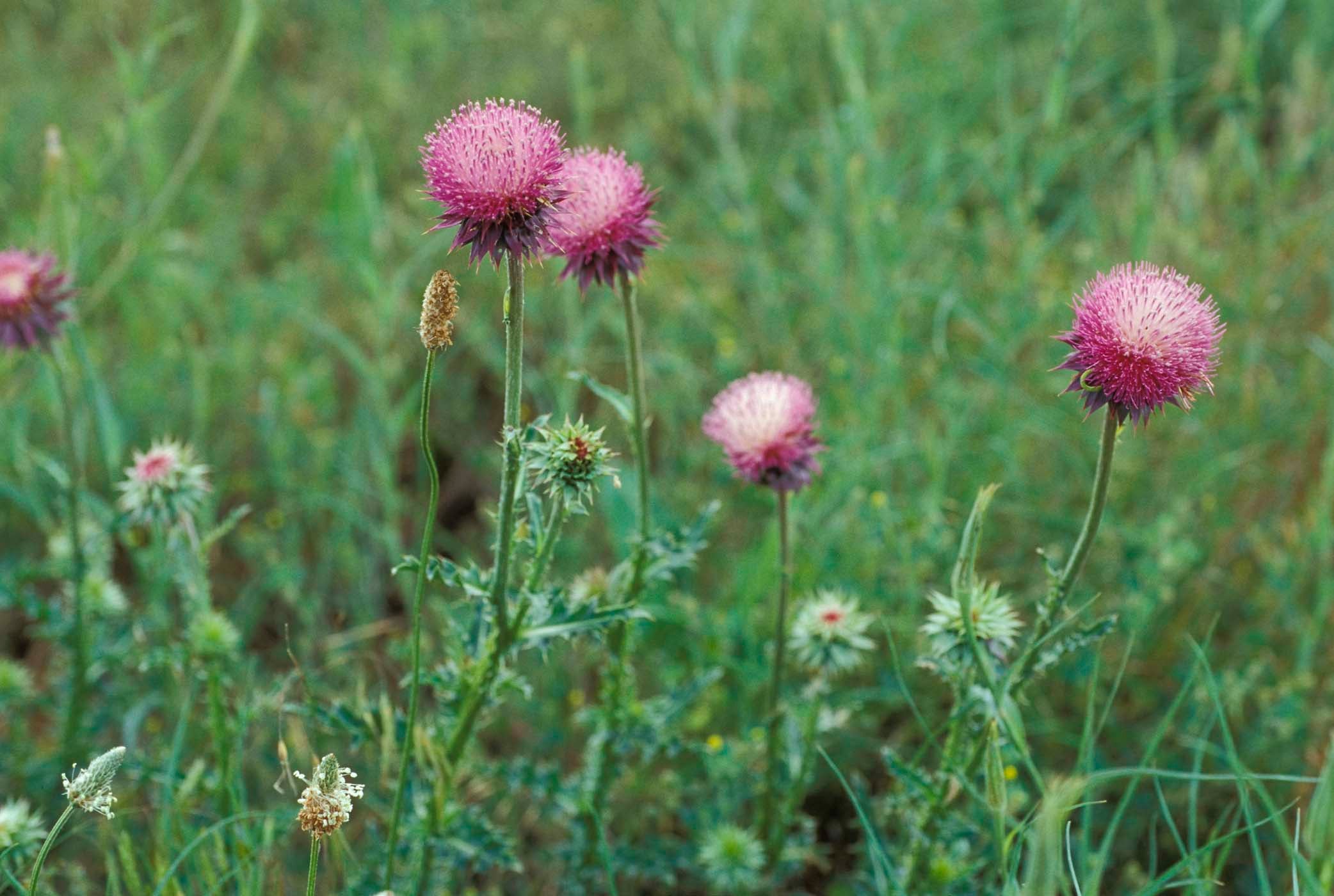
An invasive species is defined by the USDA as a species that is Non-native (or alien) to the ecosystem under consideration; and, whose introduction causes or is likely to cause economic or environmental harm or harm to human health. As you are preparing your land for new plants this fall, consider reviewing the list of invasive species below. This compiled list of control methods is not complete but does contain control methods used and proven effective by ecological restoration professionals in the Kansas City region.

Shrub Honeysuckle (Lonicera maackii)
Cut and stump treat with Tordon RTU all year during the growing season and dormant season when no snow or puddles are on the ground, or precipitation is expected within 2 hrs. It’s important to not let treatment enter the soil directly. Foliar spray smaller shrubs with 2 – 6% glyphosate between November and December. Mist-blower application with 20% glyphosate between November and December only, when all natives are dormant but the leaves of the honeysuckle are still green. Basal bark spray large infestations. The formula for basal bark spray is Garlon 4 ultra at 20-30% w/basal oil, or–preferred–use Pathfinder II which requires no oil mixing as it already contains oil-based surfactant during the dormant season.

Sericea lespedeza (Lespedeza cuneate)
Spot spray with PastureGard at 1 oz/gallon. Use marker dye. Marking dyes and colorants are additives used by professionals to confirm that the herbicide was sprayed onto the intended invasive plant.

Wintercreeper (Euonymus fortunei)
Spray during the month of September with 3 – 4% glyphosate. Use marker dye.

Garlic mustard (Alliaria petiolata)
Hand pull plants, bag, and dispose in landfill. Garlic mustard will continue to go to seed if left out of the bag or composted. Foliar spray in late summer or fall with 1.5 – 2% glyphosate. Mist-blower application (glyphosate) after the first frost on large or dense infestations

Callery pear (Pyrus calleryana)
Foliar spray with Surmount (Dow) at 4 – 5 oz/gallon MSO in the spring. Foliar spray with 2-3% glyphosate for small infestations. Basal bark spray large infestations. The formula for basal bark spray is Garlon 4 ultra at 20-30% w/basal oil, or–preferred–use Pathfinder II which requires no oil mixing as it already contains oil-based surfactant.

Tree-of-heaven (Ailanthus alt issima’)
The best time to apply basal bark spray is late summer or early fall when the plant is actively sending carbohydrates to the root system. The formula for basal bark spray is Garlon 4 ultra at 20-30% w/basal oil, or–preferred–use Pathfinder II which requires no oil mixing as it already contains oil-based surfactant.

Johnson grass (Sorghum halepense)
Spot spray with Outrider at ½ tsp/gallon Spot spray with Plateau.

Japanese honeysuckle (Lonicera japonica)
Spray with 2% glyphosate with MSO and surfactant added when new growth starts. Spray with 2-3% of a Triclopyr herbicide (Remedy/Garlon) when new growth starts.

Teasel, common and cutleaf (Dipsacus fullonum and laciniatus)
Spray rosettes in winter with 2% glyphosate. Spray rosettes after the first frost with Milestone – 2.3 teaspoons/ 3 gallons of water.

Musk thistle (Carduus nutans)
Spray rosettes in winter with 2% glyphosate. Spray rosettes after the first frost with Milestone – 2.3 teaspoons/ 3 gallons of water
Of note:
Herbicides containing triclopyr can erode regular rubber gaskets and hoses if left in spray tanks.
Many herbicides (Tordon RTU, glyphosate) can be purchased at major landscape supply stores (e.g. Grasspad, Tractor Supply, Suburban) Other agriculture herbicides (e.g. Plateau, Milestone) can be purchased at Johnson County Public Works (Johnson County land managers only), and other Ag supply sources. Safety Data and Specimen Labels (directions for use) for individual herbicides are available online under their manufacturer’s website.
More on Spray Rates for Specific Applications:
Escort XP-honeysuckle or lespedeza
.3 grams per gallon of water
5 gallons – 1.5 grams 1.5 ounces of surfactant
25 gallons – 7.5 grams with 4.5 ounces of surfactant
Broadcast – 20 gallons of solution, .5 ounces of Escort an acre.
Remedy Ultra and PasturGard – Lespedeza
Remedy Broadcast- 2 pints/acre 10-20 gallons of solution
Pasturegard Broadcast 1.5 pints/acre 10-20 gallons of solution
Spot Application- 1.5 pints of Pasturegard or 3 quarts of Remedy per 50 gallons of water.
1 fl oz of Pasturegard or 2 fl oz of remedy per gallon of water for Backpack.
Outrider -Johnson Grass
Broadcast- 1.33 ounces of Outrider per acre in 10-50 gallons of spray solution per acre.
Spot Application – .8 ounces or 22 grams for 50 gallons of solution with½ quart of surfactant.
Milestone- Thistle and Teasel
Spot Spray- 20 gallons of water plus 3.5 ounces of milestone
Spot spray- 3 gallons of water plus 11.4 cc or 2.3 teaspoons.
Photo credits: Missouri Department of Conservation
For other helpful tips regarding native plant care, click the button below!







